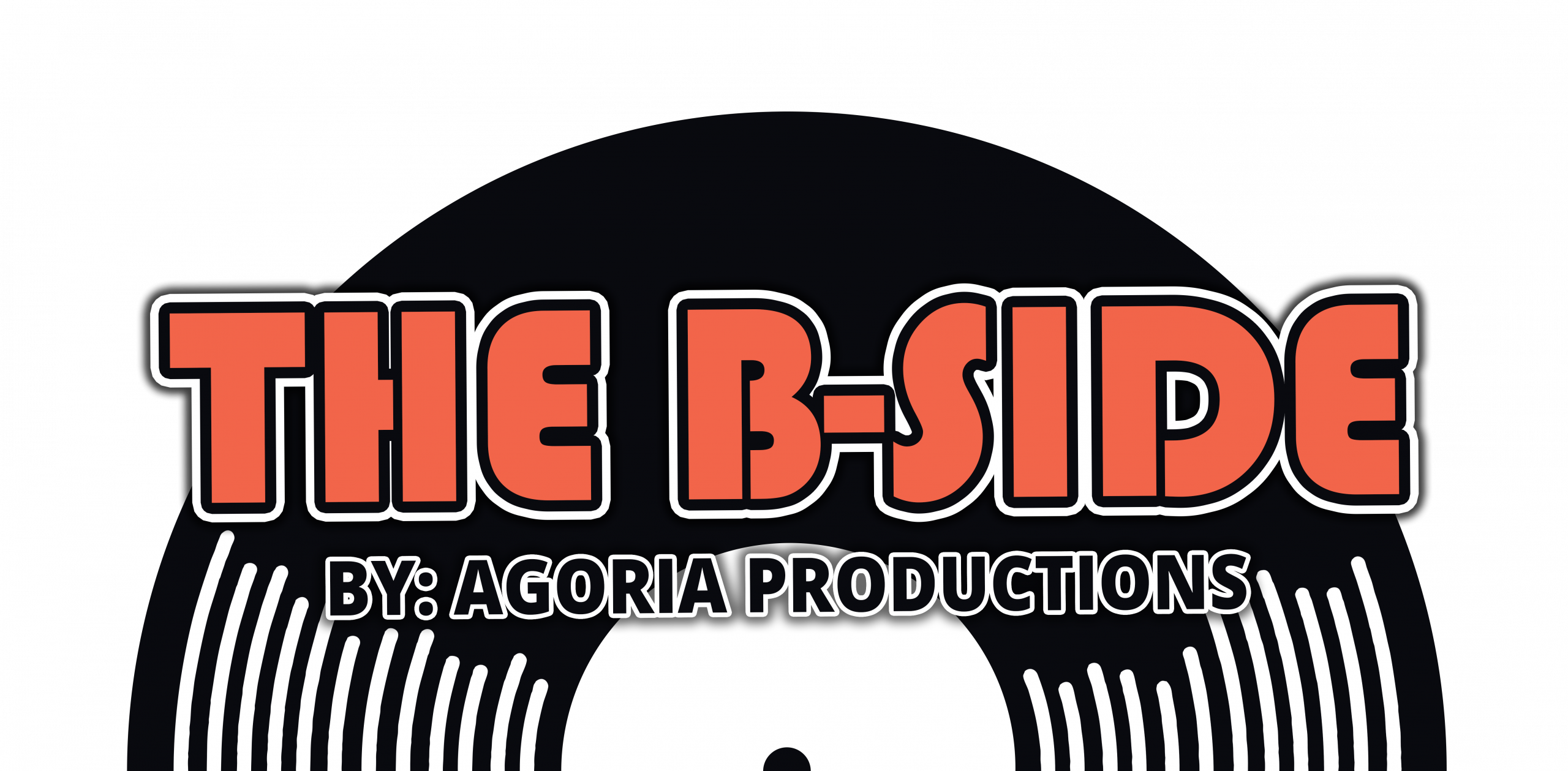
Cash basis creates artificial peaks and valleys in your financial reports based on payment timing rather than business activity. This “lumpy” financial picture makes trend analysis nearly impossible and can lead to misguided business what is an accounting method decisions based on timing anomalies rather than actual performance. Despite its appealing simplicity, cash basis accounting comes with significant limitations that can create blind spots in your financial visibility.
Examples of Cash Basis and Accrual Basis Differences

Accrual accounting is widely used in various industries and is the preferred method of accounting for most businesses. It provides a more accurate picture of a company’s financial health by recognizing revenue and expenses when they are earned or incurred, rather than when cash is received or paid. The accrual method, on the other hand, records transactions when they occur, regardless of when cash is exchanged. This method provides a more accurate picture of a company’s financial health, as it takes into account all transactions, whether they have been paid or not.
Can you switch back and forth between cash and accrual accounting?
- Accrual accounting is a method that records revenue when it is earned, meaning when a product or service has been delivered to a customer and there is a reasonable expectation of payment.
- Businesses thus try to keep their COGS low so that net profits will be higher.
- It may present either a gain or loss in each financial period in which the project is still active.
- KFF allocates the spending reductions provision-by-provision, pulling in a variety of data sources on which states are estimated to be most affected by each provision (see Methods).
Financial accounting is governed by accounting rules and regulations such as U.S. GAAP (Generally Accepted Accounting Principles) and IFRS (International Financial Reporting Standards). Accrual accounting is an accounting method in which payments and expenses are credited and debited when earned or incurred. Accrual accounting differs from cash basis accounting, where expenses are recorded when payment is made and revenues are accounting recorded when cash is received.

What is the difference between accrual and cash basis accounting methods?

Likewise, you can show which bills your business has already paid and any expenses or liabilities that have yet to be dealt with. This method makes it easy to keep the unique situation of each sale or bill up to date, making adjustments when each item is satisfied or keeping notes of anything still outstanding. FreshBooks is an accounting software service with affordable tier options aimed at freelancers and small businesses. FreshBooks offers all the essentials through a simple and intuitive design. They are recorded as a liability on the balance sheet until they are paid.

Methods
After gathering data, (3) a business should choose an appropriate forecasting model, (4) and once the forecast is complete, compare it to the actual outcome. Appropriately used, forecasting allows businesses to plan ahead for their needs, raising their chances of staying competitive in the markets. That’s one function of business forecasting that all investors can appreciate.
Useful Items
Cash-basis or accrual-basis accounting are the most common methods for keeping track of revenue and expenses. You will need to determine the best bookkeeping methods and ensure your business model meets government requirements. For instance, certain businesses cannot use cash-basis accounting because of the Tax Reform Act of 1986. Accounting software is a must-have for any business that wants to keep track of its financial transactions. Many popular accounting software options, such as QuickBooks and Xero, offer accrual accounting as a standard feature.
Video Explanation of Cost of Goods Sold
A freelance designer who typically gets paid within days of completing work gains nothing from accrual complexity but benefits tremendously from cash basis simplicity. Inconsistent application of hybrid accounting principles can trigger http://www.frolleefrollini.it/2020/12/29/how-to-calculate-after-tax-salvage-value-a/ IRS scrutiny. About 8% of businesses using hybrid methods face questions during tax audits specifically related to their accounting method choices.
- This method of accounting is different from cash accounting, which only recognizes revenue and expenses when cash is received or paid.
- While accrual accounting provides a more accurate financial picture of a company’s operations, it is not without its challenges.
- Under this analysis, the prepayment could be includible in the year of receipt.
- To overcome this challenge, companies need to invest in software and tools that can help them accurately calculate depreciation expenses.
- Even if a taxable entity was not in existence for the entire year, a tax return is required for the time it was in existence.
- The client received the bill for services rendered and made a cash payment on Nov. 25.
The accrual method does provide a more accurate picture of the company’s current condition, but its relative complexity makes it more expensive to implement. Accrual accounting is always required for companies that carry inventory or make sales on credit, regardless of the company’s size or revenue. When the client pays the invoice, the accountant credits accounts receivables and debits cash.
COGS is an important metric on financial statements as it is subtracted from a company’s revenues to determine its gross profit. Gross profit is a profitability measure that evaluates how efficient a company is in managing its labor and supplies in the production process. FreshBooks accounting software offers a helpful way to manage business inventory, track new orders, and organize expenses. Generate spreadsheets, automate calculations, and pay vendors all from one comprehensive system. Try FreshBooks free to start streamlining your LIFO inventory management and grow your small business. FIFO calculates a lower cost of goods sold, giving a higher gross income and profit.
